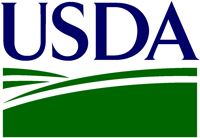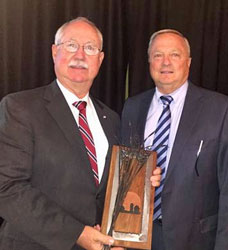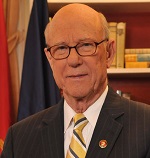 Farmers hit by market downturns will see relief in the form of U.S. Department of Agriculture (USDA) payments. The agency announced about half of the 1.7 million farms that signed up for either the Agriculture Risk Coverage (ARC) or Price Loss Coverage (PLC) programs will receive safety-net payments for the 2014 crop year.
Farmers hit by market downturns will see relief in the form of U.S. Department of Agriculture (USDA) payments. The agency announced about half of the 1.7 million farms that signed up for either the Agriculture Risk Coverage (ARC) or Price Loss Coverage (PLC) programs will receive safety-net payments for the 2014 crop year.
“Unlike the old direct payments program, which paid farmers in good years and bad, the 2014 Farm Bill authorized a new safety-net that protects producers only when market forces or adverse weather cause unexpected drops in crop prices or revenues,” said Agriculture Secretary Tom Vilsack. “For example, the corn price for 2014 is 30 percent below the historical benchmark price used by the ARC-County program, and revenues of the farms participating in the ARC-County program are down by about $20 billion from the benchmark during the same period. The nearly $4 billion provided today by the ARC and PLC safety-net programs will give assistance to producers where revenues dropped below normal.”
The ARC/PLC programs primarily allow producers to continue to produce for the market by making payments on a percentage of historical base production, limiting the impact on production decisions.
Nationwide, 96 percent of soybean farms, 91 percent of corn farms, and 66 percent of wheat farms elected the ARC-County coverage option. Ninety-nine percent of long grain rice and peanut farms, and 94 percent of medium grain rice farms elected the PLC option. Overall, 76 percent of participating farm acres are protected by ARC-County, 23 percent by PLC, and 1 percent by ARC-Individual. For data about other crops, as well as state-by-state program election results, final PLC price and payment data, and other program information including frequently asked questions, visit www.fsa.usda.gov/arc-plc.
Crops receiving assistance include barley, corn, grain sorghum, lentils, oats, peanuts, dry peas, soybeans, and wheat. Rice, oilseeds and chickpeas could see payments in November.











